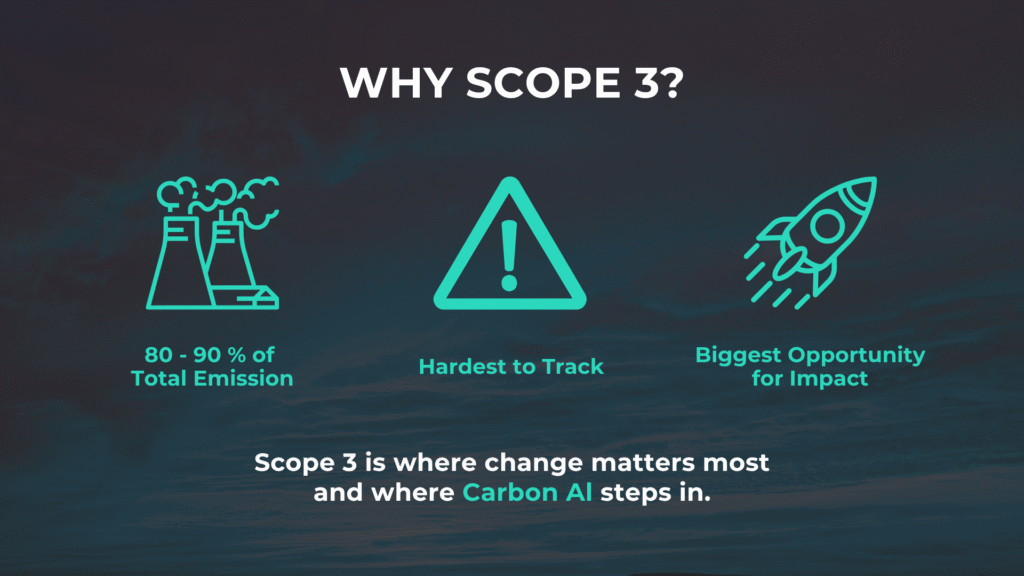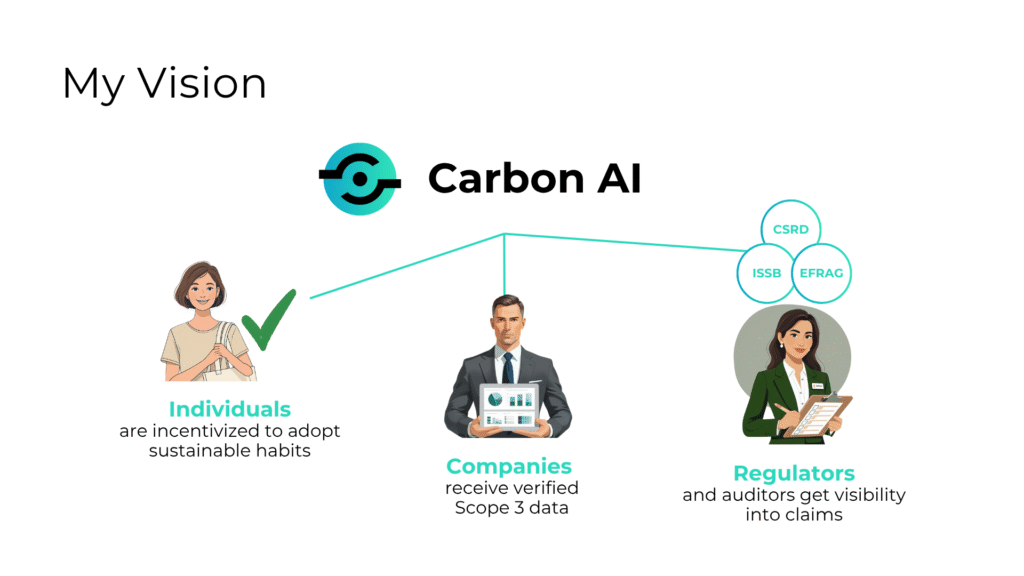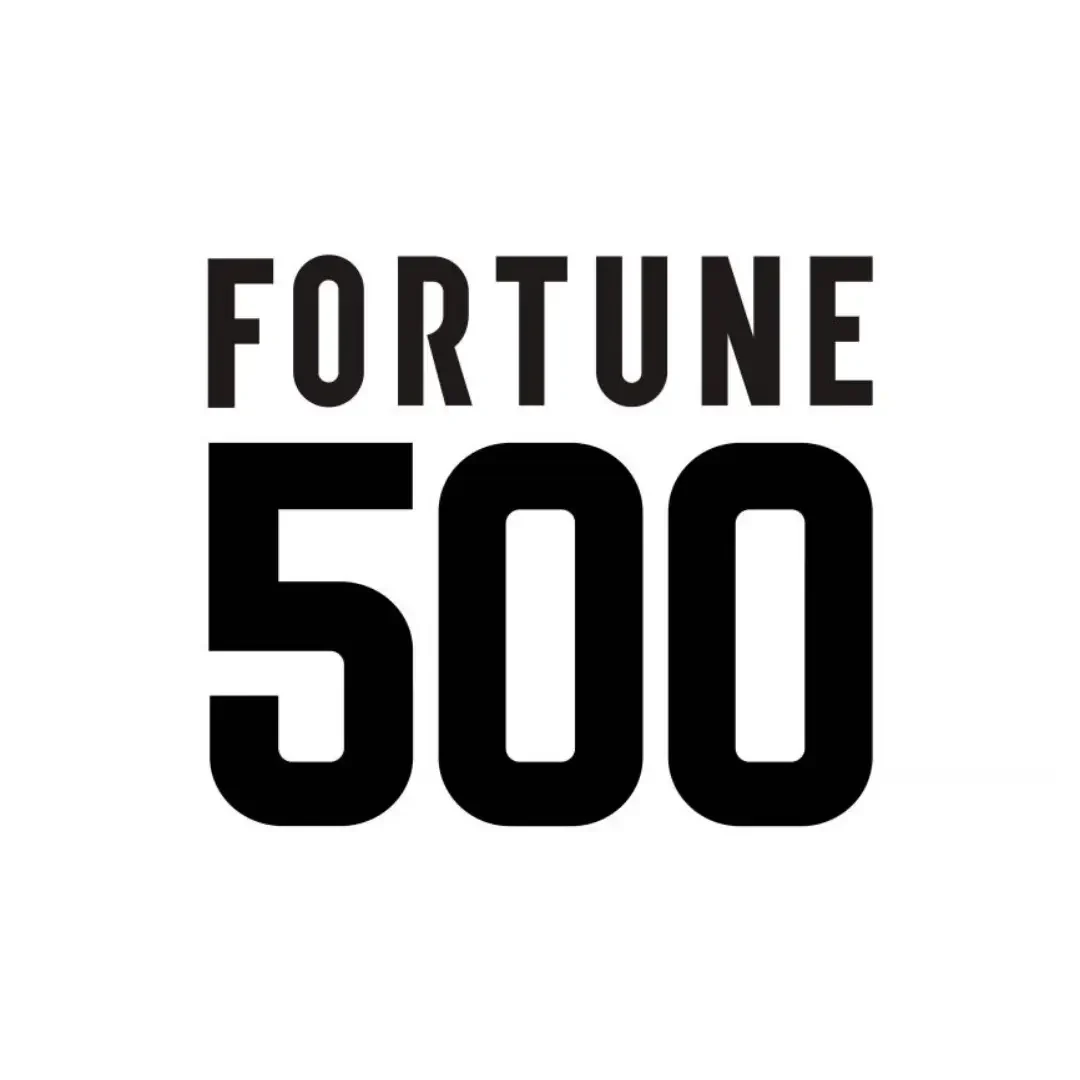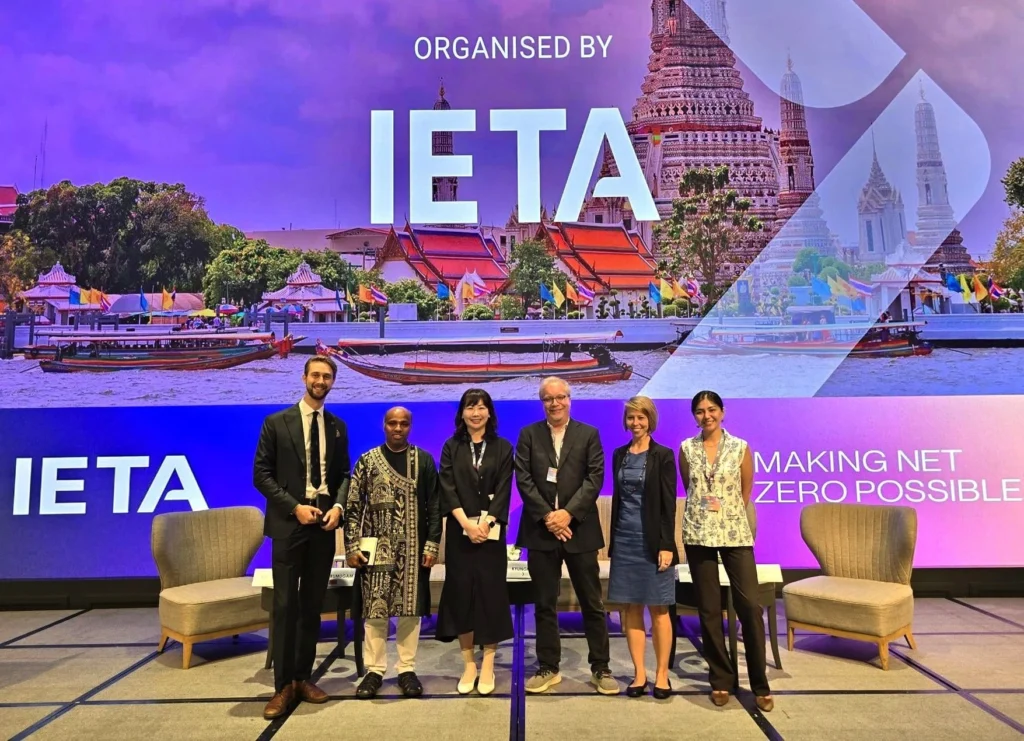The Catalyst: Stepping Out of Comfort
Not long ago, I had what many would call a dream career. I led marketing strategies at Fortune 500 companies, worked on cutting-edge technology, and collaborated with some of the brightest minds in the world. I saw firsthand how innovation and scale could drive global change.
But when the glitz and glamour faded, after the long year-end shutdowns, the big wins, and the awards,I found myself repeatedly asking: What am I really building?
The pivotal moment came when my boss, who had worked diligently for over 25 years, was asked to leave. It wasn’t due to incompetence. That moment shook me. It made me realize that nothing is permanent. If everything can change overnight, shouldn’t we spend our time working on what truly matters while we still have the opportunity, the ability, and the belief?
My Corporate Foundations: A Marriage of Lessons
The Fortune 500 world taught me how to execute, align, and deliver at scale. It also taught me to play safe, to follow instructions, and to rarely challenge the status quo if I wanted to survive another four quarters or make it to the next promotion cycle.
But before I started Carbon AI, I took a necessary detour. One that in the Fortune 500 world would be called upskilling. For me, it was about creating a longer runway and financial independence.
I built a digital marketing agency from the ground up. Not because I had lost sight of the bigger picture but because I needed space to think, experiment, and build without pressure. That chapter gave me what corporate life rarely does: autonomy, resourcefulness, and the clarity to incubate something with real impact.
Three years ago, I was assigned to help write a thought leadership piece for a senior executive on sustainability. That was the first time I encountered the world of ESG, the circular economy, carbon credits, Scope 3 emissions, and the GHG Protocol. I didn’t realize it then, but that assignment planted the seed for what would eventually become Carbon AI.
Why Carbon AI?
I knew I wanted to work in sustainability, even though I had no formal training. My experience came from research and ghostwriting for C-level executives. Still, I stayed curious and kept learning.
Initially, I explored building a sustainability marketplace. The idea was simple in theory: a platform where all listed products and services were truly sustainable, verified at the source, and authenticated using blockchain. Think of Amazon, but limited only to green-certified, traceable goods.
I quickly learned this idea wasn’t new. Several had tried and failed. Most importantly, I was told by ESG consultants that it simply wasn’t feasible to verify sustainability claims at the source without serious trust issues or massive overhead.
Then came the idea for WeBorrow, inspired by Rachel Botsman’s writing on the sharing economy. I imagined a platform where people could share access to products and tools without barriers. Could we build something where ownership no longer defined access? Where a child in Papua New Guinea could become the next Federer if he could just borrow a tennis racquet?
Again, I hit a wall. The idea was seen as too idealistic, too difficult to scale, and commercially unviable. Investors wanted short-term returns. I understood their perspective, but it made me realize I needed to solve a clearer, more immediate problem.

As I continued researching, I came back to Scope 3 emissions—those hidden, downstream emissions in a company’s value chain. The more I explored, the more I realized how little visibility companies actually have into these emissions, and how poorly this gap is addressed by current solutions. Most companies are still trying to get Scope 1 and 2 under control. Scope 3 often feels too vague, too complex, or simply ignored.
Fashion, consumer goods, automotive, and tech companies often don’t fully understand the environmental impact of their supply chains. Nor are they doing enough to educate their customers. Meanwhile, regulators are demanding better reporting, investors are pushing for accountability, and consumers are waking up.
I didn’t start Carbon AI because I thought I could fix everything. I started it because I saw a gap in trust, transparency, and traceability. With the right blend of innovation, regulatory alignment, thoughtful design, and grit, I believe we can make the invisible visible.
Building Credibility from Scratch
Without a Fortune 500 logo or title behind my name, I had to start over. No shortcuts. No reputation to lean on. Just belief.
Fortunately, I’ve always enjoyed trail running, especially uphill. You move slower, the air gets thinner, and it’s hard. But when you find your rhythm, there’s clarity.
This journey feels the same. You have to listen more than you speak. Show up early. Lead by example. No one owes you attention—you earn it. I’ve committed to showing up in the climate space, contributing meaningfully, and building trust the right way.
The most meaningful moments so far haven’t come from investor meetings or product roadmaps. They’ve come from conversations with people who share a vision. Not to change the world in a single act, but to work together, step by step, toward building something better.
My Vision: Transparent Infrastructure for Climate Action

Carbon AI is not just a digital tool. It is a climate infrastructure system.
We reward everyday sustainable behaviors. We help companies transition from unverified reports to structured, credible data. And we support ESG compliance by aligning with frameworks like the GHG Protocol, helping businesses reduce their reliance on traditional offsets.
It is a three-pronged model.
- Individuals are incentivized to adopt sustainable habits.
- Companies receive verified Scope 3 data to power decision-making and reporting.
- Regulators and auditors get visibility into claims, building trust in disclosures.
We want to help companies move from blind compliance to confident climate action. We want regulators including ISSB, CSRD, and EFRAG to trust the data behind what is claimed. And we want sustainability officers and CFOs to finally have a system that is credible, auditable, and actionable.
Call to Action: Collaboration and Trust
This cannot be done alone.
Scope 3 emissions are complex, systemic, and cross-border. But what I’ve learned is that people are willing to act when they feel seen, respected, and empowered.
My hope is to partner with those who believe the same—regulators, investors, senior executives, climate policy experts, and builders. Together, we can co-create the standards, systems, and trust mechanisms that will define our climate future.
Let’s build something worth passing on.
Closing Thoughts
This journey has tested me both personally and professionally. But I remain committed. I’ve gone from generating millions in software pipelines to trying to create an ecosystem of climate truth.
If you’re reading this and something resonates, I hope we get the chance to talk. Not because I have all the answers. But because I believe in the vision, and that is what will carry us forward.

